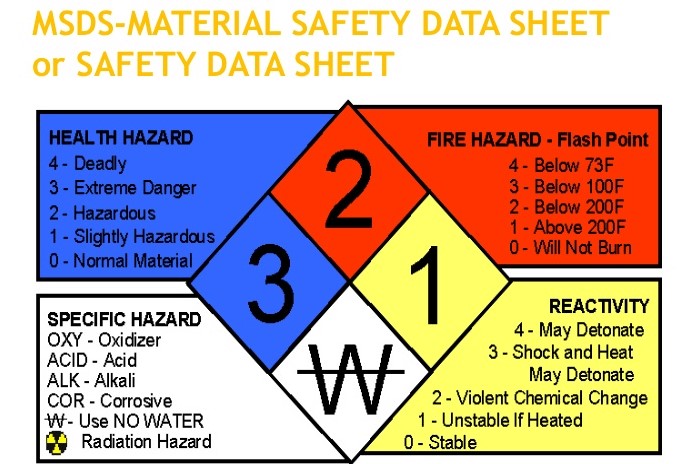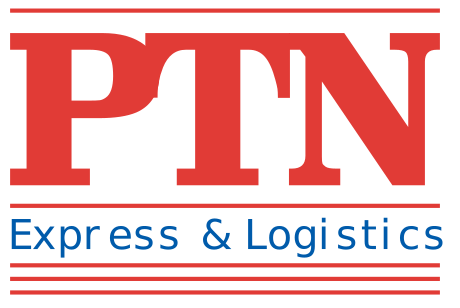When shipping certain goods internationally, you are often reminded about MSDS. So, what is MSDS? What is the purpose of the MSDS (Material Safety Data Sheet)?
Let’s find out in the following article.

1. What is MSDS?
A Material Safety Data Sheet (MSDS) is a crucial document for shipping. It provides detailed information about the contents of your shipment, including a technical breakdown of the components or substances in your items. The purpose of an MSDS is to prove that your shipment doesn’t fall under the dangerous goods (DG) category.
MSDS is typically required for goods that may pose hazards during transportation, storage, loading, unloading, etc. This Material Safety Data Sheet provides specific instructions to help you prevent and handle potential chemical risks.
What commodities must have an MSDS?
Although functional foods, cosmetics, or powdered foods are not considered hazardous chemicals, when shipping these items internationally via air freight, airport security requires a Material Safety Data Sheet (MSDS) to verify if the components listed are indeed safe for consumers upon direct or indirect contact.
The following categories of goods typically require MSDS:
Flammable and corrosive chemicals and cosmetics.
Powder and liquid substances, such as paints and industrial adhesives.
Powdered food products.
2. MSDS Contents:
A Material Safety Data Sheet (MSDS) must include at least the following:
⦁ Product and Chemical Identification: Trade name, chemical name, other names, CAS numbers, RTECS numbers, etc.
⦁ Physical Properties: Appearance, color, odor.
⦁ Chemical Composition: Ingredients, formula, reactions with other substances like acids and oxidizers.
⦁ Health Hazards: Toxicity and adverse effects on human health (eyes, skin, respiratory system, digestive system, reproductive system, carcinogenicity, mutagenicity).
⦁ Safety Hazards: Fire hazards, health hazards, reactivity hazards (e.g., NFPA ratings).
⦁ Personal Protective Equipment (PPE): Required PPE for handling the chemical.
⦁ Handling Procedures: Safe handling and storage instructions.
⦁ Emergency First Aid: Emergency medical procedures for poisoning or accidents.
⦁ Regulations: Packaging, labeling, and transportation regulations.
3. Who will be responsible for providing MSDS?
The MSDS, provided by the sender (manufacturer, distributor, or individual), is a mandatory document for information declaration. A complete MSDS requires accurate product details, including the product name, composition, boiling point, flash point, and permissible shipping methods (air or sea).
The MSDS must have the official stamp of the manufacturing or distributing company or the sender with legal authority. Fake MSDS documents (where the information doesn’t match the product) are subject to legal penalties. Shipments with MSDS are sent via freight forwarders, then to airlines. Aviation Security Customs checks the MSDS and goods. If there are violations, the sender is fully responsible: the shipment will be detained, a report will be made, fines will be imposed, and the goods may be returned or destroyed.

